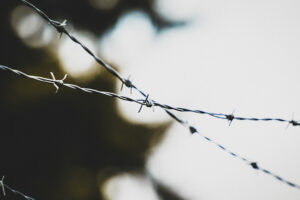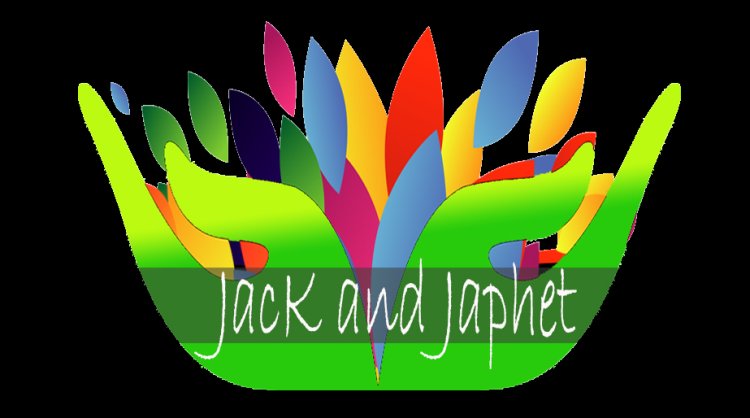Early Martial Law and the legal struggle
73-02297. That’s my student ID number. And every University of the Philippines (UP) student carries that number forever. 73-02297 is similar to Jean Valjean’s 24601, his prison number which marked him for the rest of his life. The first two digits of my student number indicate the year I entered UP. Martial law was imposed […]

73-02297. That’s my student ID number. And every University of the Philippines (UP) student carries that number forever.
73-02297 is similar to Jean Valjean’s 24601, his prison number which marked him for the rest of his life.
The first two digits of my student number indicate the year I entered UP. Martial law was imposed in September 1972. My cohorts and I were the first batch of freshmen admitted to UP upon the declaration of martial law. We were thus called Martial Law Babies.
This period of the early 1970s was characterized by economic turmoil and political crisis, mass protests and a nascent revolution. It was also the peak of militant student activism and hippie counterculture.
In our high school, it was common for a student to be mouthing slogans against imperialism and fascism while getting stoned. A friend reminisces and describes a caricature in real life of a rebel, a hippie, and a juvenile delinquent, rolled into one: The cool guy with waist-length frizzy hair, sporting John Lennon round-framed glasses, wearing faded unwashed maong (denim jeans), a guitar slung on his shoulder, brandishing an “Ibagsak” placard with his right hand while holding a dividendazo (race horse program) with his left hand.
But martial law had a profound impact on the youth. The installation of dictatorship and the naked use of force radicalized many. Erstwhile non-violent activists were transformed into revolutionaries. Legal avenues to protest and effect change were shut down, thus forcing many moderates to join or help the armed struggle and overthrow the dictatorship.
I myself was drawn into this movement. My cousin Odette, who was my age and who dropped out of St. Theresa’s high school to become a full-time activist, invited me to participate in anti-dictatorship activities like distributing leaflets and attending small mass actions. The activists persevered in stretching the limits although martial law suppressed freedom of the press and freedom of assembly. Odette would likewise connect me to other activists who were incoming UP freshmen.
Even before entering Diliman in the school year of 1973, this batch of martial law babies had already joined political mass organizations like Samahang Demokratiko ng Kabataan (SDK) and Lakasdiwang Rebolusyonaryo (LD-R). The most militant of the youth mass organizations was Kabataang Makabayan (KM).
But martial law banned these mass organizations or MOs. And so, members of the MOs had to find new ways of organizing and mobilizing. Some joined fraternities, sororities and traditional campus organizations. Others revived the academic organizations like Lipunang Kasaysayan (History Club), the UP Political Science Association, Anthropology Society, and UP Journalism Club, which were all suspended upon the declaration of martial law.
Activists also formed new social service and cultural organizations. The first batch of martial law babies formed the Freshman Friendship Circle (FFC). I became part of this group of freshmen. The name and identity of FFC did not attract suspicion that it was a group created by activists to conduct the struggle against the dictatorship. On the surface, the organization was meant to foster cooperation among incoming freshmen and facilitate their adjustment to UP life. But it had an underground core group composed of activists who graduated from UP High School, Philippine Science High School, Maryknoll (now Miriam), Lourdes School in Quezon City, and Ateneo de Manila.
School authorities granted such organizations to operate. Activists coined them as legal organizations or LOs. Their legal character gave the activists the space to conduct open activities like promoting students’ rights and welfare and at the same time provided cover to do revolutionary work.
This practice and adaptation to martial law conditions became the source and inspiration in the crafting of a document titled “Hinggil sa Legal na Pakikibaka” or HLP, published on Jan. 4, 1974.
For years, the authorship of HLP remained anonymous although it was known to be a document from the SDK.
In 2008, a Southeast Asian Studies article written by Jojo Abinales titled “Fragments of History, Silhouettes of Resurgence: Student Radicalism in the Early Years of the Marcos Dictatorship” mistakenly attributed the HLP authorship to the SDK iconic leader, Antonio Hilario aka Tonyhil. This in turn led other writers studying the Left to assume that Tonyhil was the HLP author. This prompted Soliman Santos, Jr. (or Sol), a close friend of the true HLP author, to make a public correction in 2023, which Abinales acknowledged.
The name of the HLP author is Emmanuel “Noel” de Dios, a propagandist for the SDK and the revolutionary movement who eventually became an esteemed professor at the UP School of Economics (now a Professor Emeritus).
HLP presented a framework (“balangkas”) for the legal struggle. To advance the struggle, HLP enjoined the comrades to be conscious of the lessons drawn from the masses, from history, and from experience.
It elaborated on the limitation of the struggle in urban areas, taking into consideration the balance of forces. The Marcos camp consolidated power, and decimated the ranks of the legal opposition, both the moderate and the revolutionary. And the level of consciousness of the masses had not yet reached the point that would make them rise up in arms. Thus in the early years of martial law, the analysis of both objective and subjective conditions demonstrated the defensive nature of the urban struggle.
Despite the illegal Marcos power grab which he deodorized through acquiescence of a docile Supreme Court, the appropriate strategy at that period was not direct or offensive action. It was essentially defensive.
The form of struggle in urban areas then was not overtly political and had a legal character: advancing trade union demands, asserting students’ rights and welfare, resisting demolition of urban poor’s homes.
The form of organization was not political, much less revolutionary as exemplified by the friendship circle.
And the main slogans were no longer “Ibagsak ang imperyalismo” or “Isulong ang rebolusyon.” The calls of the day became “Sahod itaas” for the workers and “Restore the student council” for the students.
All this suggests an emphasis for the struggle for reforms. And in the pursuit of the reform struggle, the cadres and activists must know how to compromise.
The underlying principle is that the political line is about reaching out to the masses and winning them over to the cause of revolution. But revolution and victory, then and now, are not a straightforward path.
And while HILP learned lessons from the people’s experiences and from Philippine history, it was also a Filipinized version of the strategy and tactics espoused by Lenin, Stalin and Mao. And it was still anchored on strategy that accepted the absolute primacy of armed struggle.
It has been 50 years since HLP was written. And it has been a little over 50 years that I got involved in a great but failed struggle.
Yet despite its flaws, HLP remains relevant not only for the Left but also for other progressive and liberal forces. My main takeaway after re-reading it is that we have to be always flexible about our strategy and tactics and have to adapt to ever-changing conditions. The underlying principle is that the political line is about reaching out to the Filipino people and winning their hearts and minds.
Sadly, what we now witness is that the hearts and minds of average Filipinos have been captured by the Marcos and Duterte camps.
The future, like it was in the 1970s, lies with the youth. The millennials and Gen Zs will have their own version of HLP.
Filomeno S. Sta. Ana III coordinates the Action for Economic Reforms.














